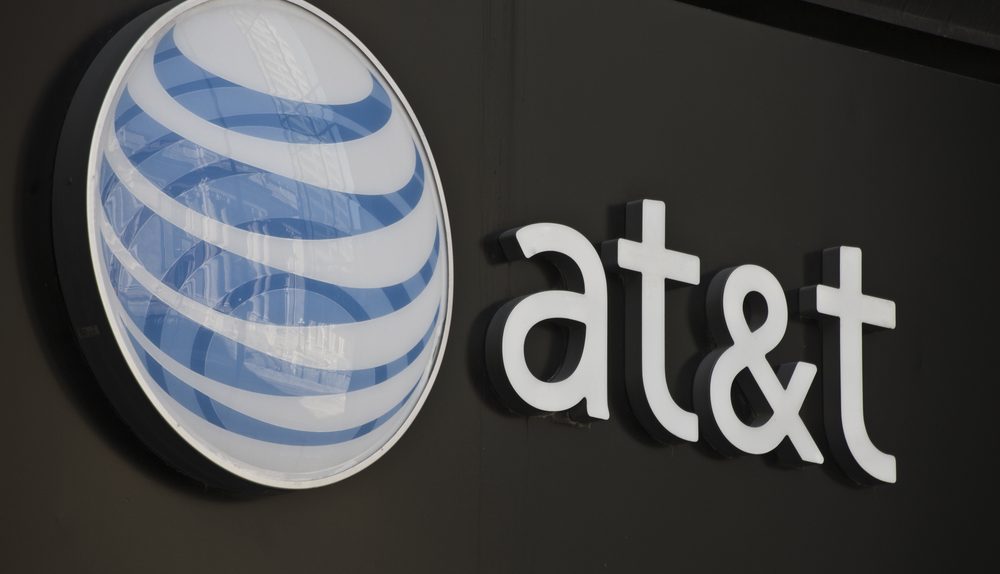5G is coming at some point in the future. But LTE, the 4G technology we all know and love, isn’t quite done yet. LTE-Advanced is the catch-all name for a handful of clever new technologies that can dramatically improve our existing network, and unlike 5G, you can use them right now.
During an earnings call yesterday, AT&T CFO John Stephens said that the company is deploying LTE-Advanced technologies to 20 cities right now, with the networks on schedule to be up and running this year. When it’s all said and done, the company hopes to have a theoretical real-world max speed of 400Mbps, and average speeds on a fully-loaded network somewhere around 40Mbps. That’s a big step up from the current average speed of around 20Mbps.
There are three technologies which, when combined, deliver impressive speed and capacity upgrades. Carrier aggregation is the first, a technology that’s not really new to the scene. All four carriers have been using some form of CA for years; it combines multiple chunks of LTE spectrum across different frequencies to allow handsets to download data from multiple LTE bands simultaneously. 2CA, aggregating two carriers together, is already in widespread use, but modern phones (especially Android flagships using Qualcomm’s X16 modem) are capable of using four carriers at the same time.
Multiple input multiple output (MIMO) is another new-but-rare technology AT&T is pushing out. It increases the overall bitrate available by combining data streams from multiple antennas, and partners well with carrier aggregation. If carrier aggregation is like adding extra lanes to a highway, MIMO is like stacking a whole new highway on top.
LTE-Licensed Assisted Access (LAA) is the final piece of the puzzle. It combines the usual LTE frequencies with unlicenses 5GHz spectrum, the same frequency that your Wi-Fi network uses. 5GHz signals are subject to more intereference and travel shorter distances, but are capable of much higher transfer speeds. Mobile networks like AT&T can deploy small, local cell towers that use 5GHz to communicate with nearby devices, lessening the load on AT&T’s traditional LTE network overall.
While all of these technologies do boost the theoretical max speed of a network, the real benefit is increasing capacity, so a network doesn’t get congested by too many users at peak times. Congestion is a problem that networks are increasingly running into thanks to unlimited data, so anything that can distribute the load should do wonders for keeping your average download speed up.
LTE-Advanced is an important stepping stone on the way to 5G. AT&T isn’t the first network to deploy technologies like carrier aggregation, MIMO, or LAA. But those technologies will be hugely important for 5G down the road, so it’s good to see networks rolling them out right now on existing networks.










